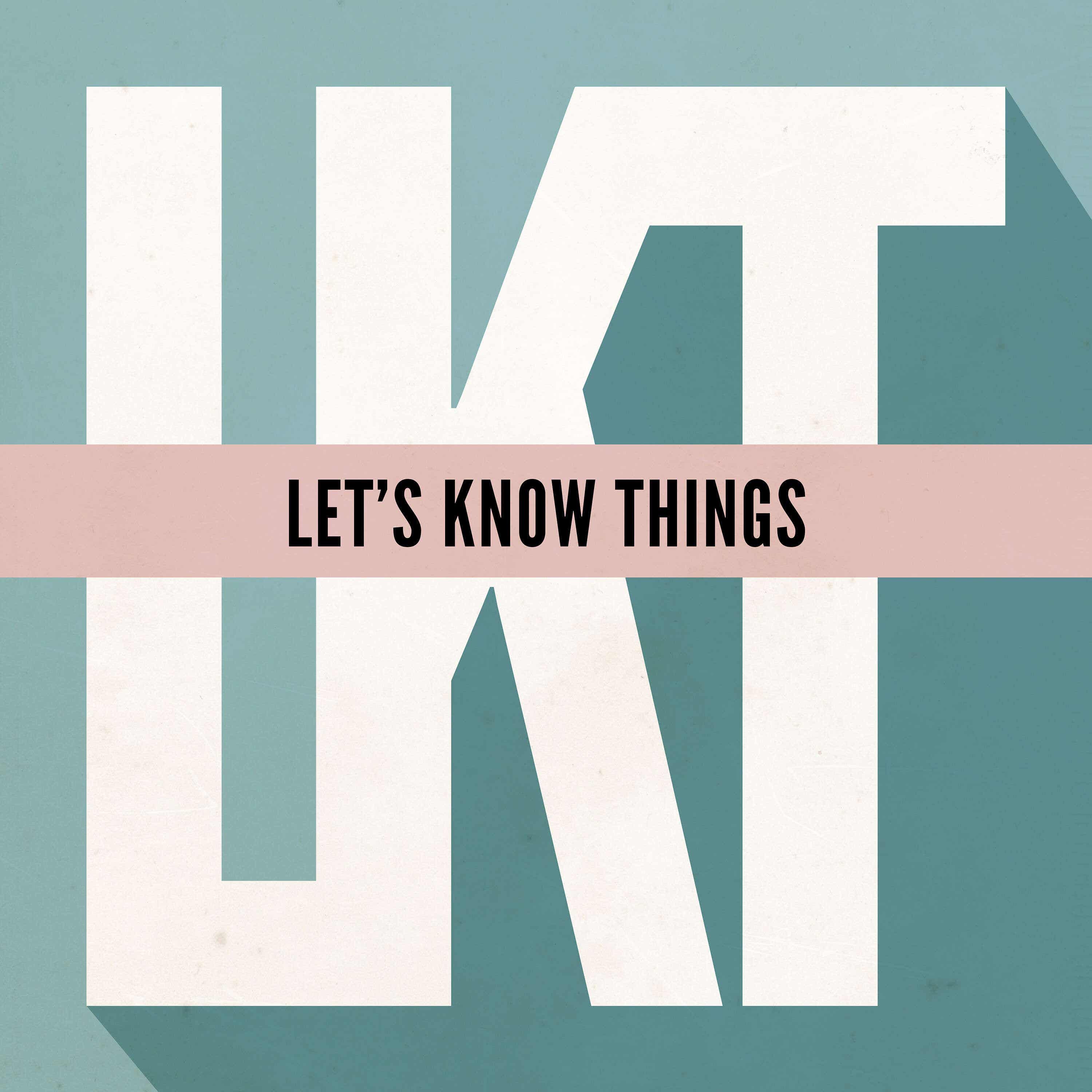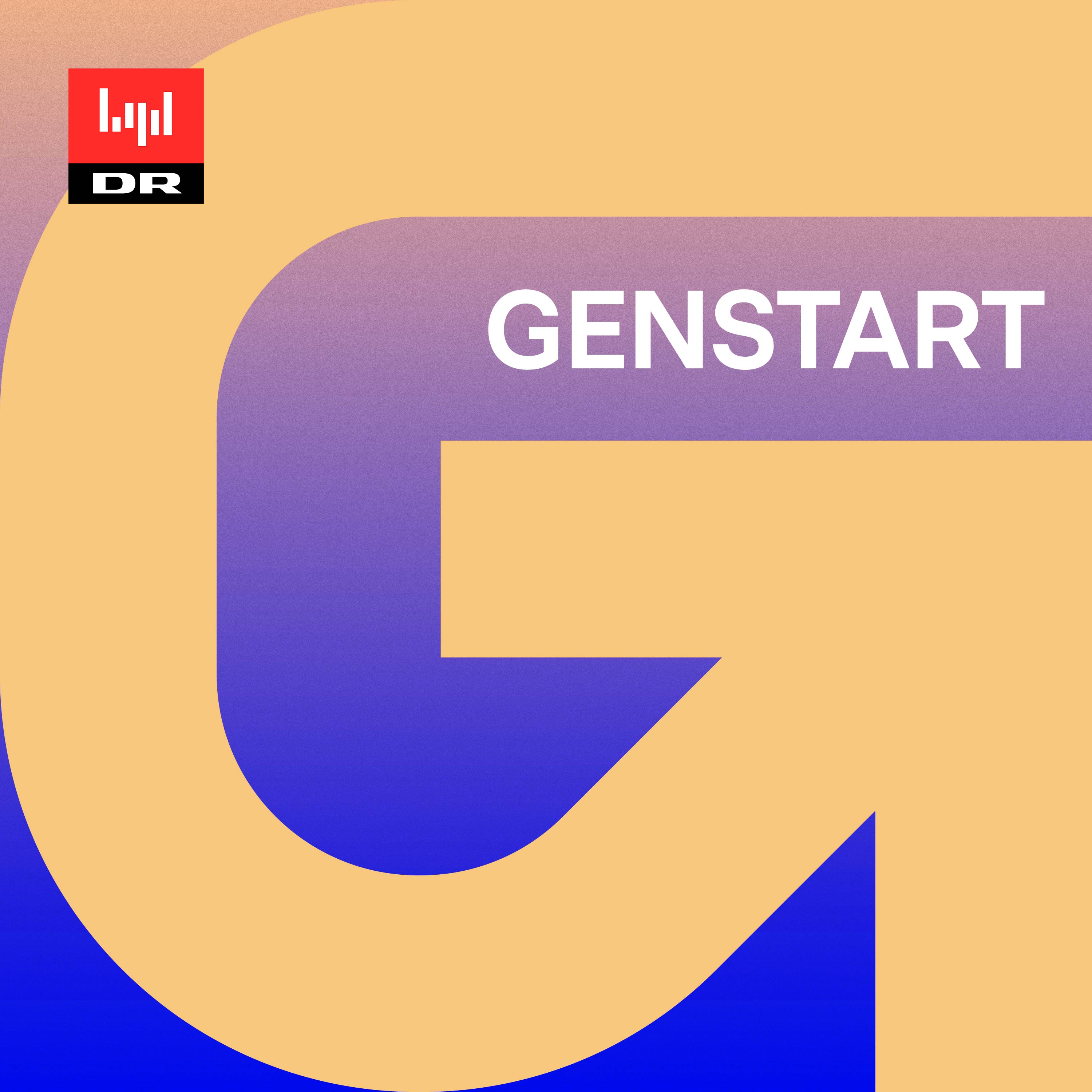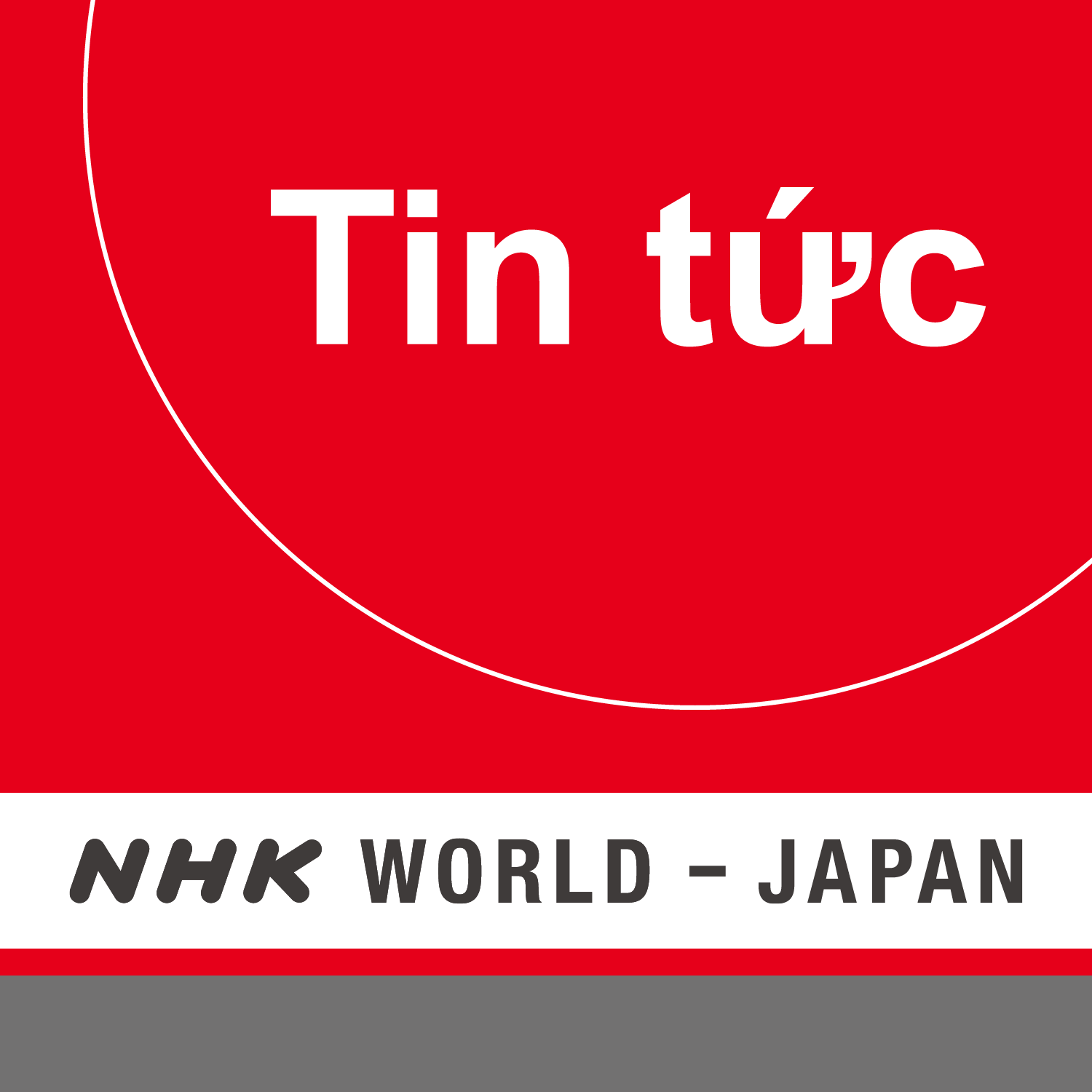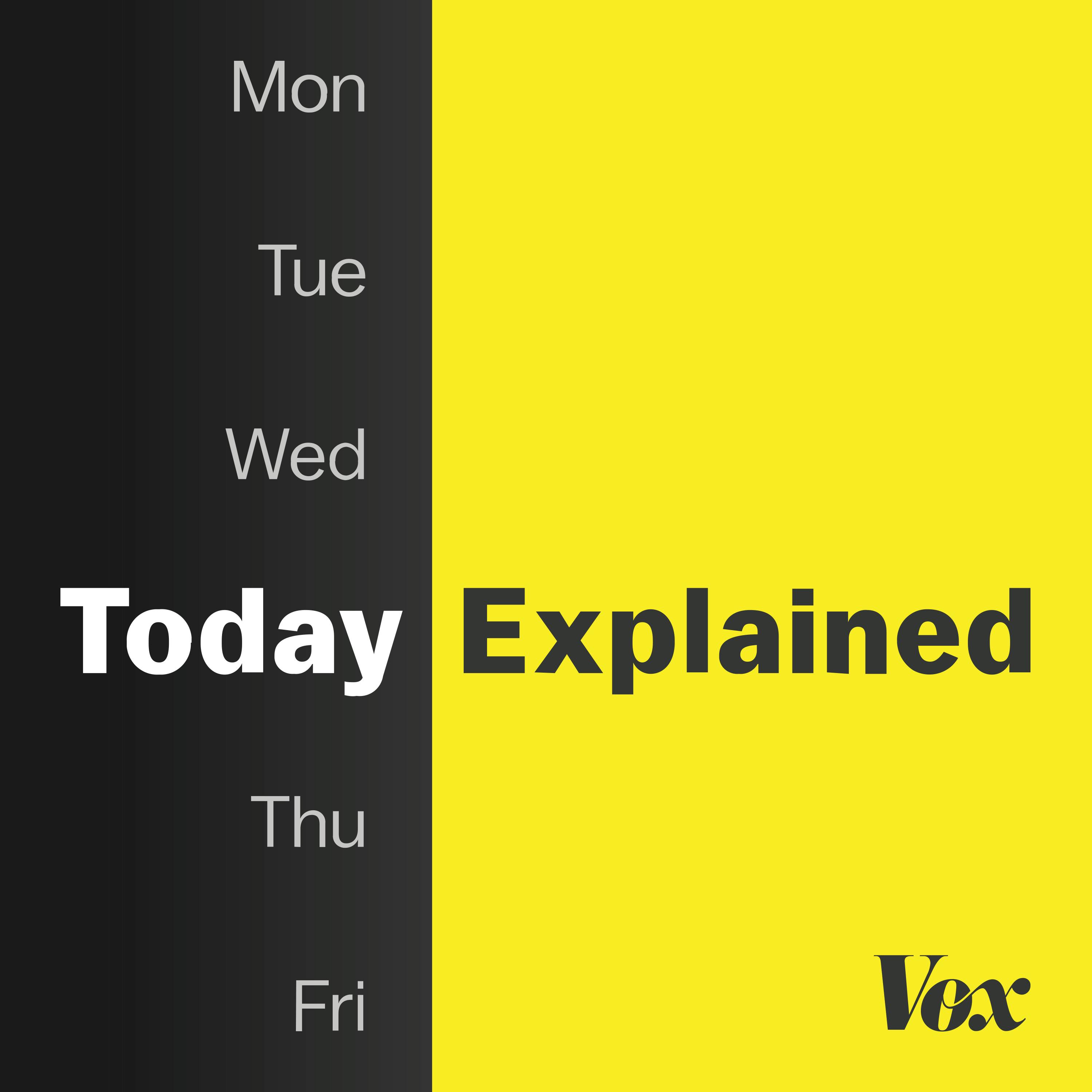Online Tutoring - Let's Know Things
Description
This week we talk about the Double Reduction Policy, gaokao, and Chegg.
We also discuss GPTs, cheating, and disruption.
Recommended Book: Autocracy, Inc by Anne Applebaum
Transcript
In July of 2021, the Chinese government implemented a new education rule called the Double Reduction Policy.
This Policy was meant, among other things, to reduce the stress students in the country felt related to their educational attainment, while also imposing sterner regulations on businesses operating in education and education-adjacent industries.
Chinese students spend a lot of time studying—nearly 10 hours per day for kids ages 12-14—and the average weekly study time for students is tallied at 55 hours, which is substantially higher than in most other countries, and quite a lot higher than the international average of 45 hours per week.
This fixation on education is partly cultural, but it’s also partly the result of China’s education system, which has long served to train children to take very high-stakes tests, those tests then determining what sorts of educational and, ultimately, employment futures they can expect.
These tests are the pathway to a better life, essentially, so the kids face a whole lot of pressure from society and their families to do well, because if they don’t, they’ve sentenced themselves to low-paying jobs and concomitantly low-status lives; it’s a fairly brutal setup, looked at from elsewhere around the world, but it’s something that’s kind of taken for granted in modern China.
On top of all that in-class schoolwork, there’s abundant homework, and that’s led to a thriving private tutoring industry. Families invest heavily in ensuring their kids have a leg-up over everyone else, and that often means paying people to prepare them for those tests, even beyond school hours and well into the weekend.
Because of all this, kids in China suffer abnormally high levels of physical and mental health issues, many of them directly linked to stress, including a chronic lack of sleep, high levels of anxiety, rampant obesity and everything that comes with that, and high levels of suicide, as well; suicide is actually the most common cause of death amongst Chinese teenagers, and the majority of these suicides occur in the lead-up to the gaokao, or National College Entrance Exam, which is the biggest of big important exams that determine how teens will be economically and socially sorted basically for the rest of their lives.
This recent Double Reduction Policy, then, was intended to help temper some of those negative, education-related consequences, reducing the volume of homework kids had to tackle each week, freeing up time for sleep and relaxation, while also putting a cap on the ability of private tutoring companies to influence parents into paying for a bunch of tutoring services; something they’d long done via finger-wagging marketing messages, shaming parents who failed to invest heavily in their child’s educational future, making them feel like they aren’t being good parents because they’re not spending enough on these offerings.
This policy pursued these ends, first, by putting a cap on how much homework could be sent home with students, limiting it to 60 minutes for youngsters, and 90 minutes for middle schoolers.
It also provided resources and rules for non-homework-related after-school services, did away with bad rankings due to poor test performance that might stigmatize students in the future, and killed off some of those fear-inducing, ever-so-important exams altogether.
It also provided some new resources and frameworks for pilot programs that could help their school system evolve in the future, allowing them to try some new things, which could, in theory, then be disseminated to the nation’s larger network of schools if these experiments go well.
And then on the tutoring front, they went nuclear on those private tutoring businesses that were shaming parents into paying large sums of money to train their children beyond school hours.
The government instituted a new system of regulators for this industry, ceased offering new business licenses for tutoring companies, and forced all existing for-profit businesses in this space to become non-profits.
This market was worth about $100 billion when this new policy came into effect, which is a simply staggering sum, but the government basically said you’re not businesses anymore, you can’t operate if you try to make a profit.
This is just one of many industries the current Chinese leadership has clamped-down on over the past handful of years, often on cultural grounds, as was the case with limiting the amount of time children can play video games each day. But like that video game ban, which has apparently shown mixed results, the tutoring ban seems to have led to the creation of a flourishing black market for tutoring services, forcing these sorts of business dealings underground, and thus increasing the fee parents pay for them each month.
In late-October of 2024, the Chinese government, while not formally acknowledging any change to this policy, eased pressure on private tutoring services—the regulators in charge of keeping them operating in accordance with nonprofit structures apparently giving them a nudge and a wink, telling them surreptitiously that they’re allowed to expand again—possibly because China has been suffering a wave of economic issues over the past several years, and the truncation of the tutoring industry led to a lot of mass-firings, tens of thousands of people suddenly without jobs, and a substantial drop in tax revenue, as well, as the country’s stock market lost billions of dollars worth of value basically overnight.
It’s also worth noting here that China’s youth unemployment rate recently hit 18.8%, which is a bogglingly high number, and something that’s not great for stability, in the sense that a lot of young people, even very well educated young people, can’t find a job, which means they have to occupy themselves with other, perhaps less productive things.
But high youth unemployment is also not great for the country’s economic future, as that means these are people who aren’t attaining new skills and experience—and they can’t do that because the companies that might otherwise hire them can’t afford to pay more employees because folks aren’t spending enough on their offerings.
So while it was determined that this industry was hurting children and their families who had to pay these near-compulsory tutoring fees, they also seemed to realize that lacking this industry, their unemployment and broader economic woes would be further inflamed—and allowing for this gray area in the rules seems to be an attempt to have the best of both worlds, though it may leave them burdened with the worst of both worlds, as well.
What I’d like to talk about today is another facet of the global tutoring industry, and how new technologies seem to be flooding into this zone even more rapidly than in other spaces, killing off some of the biggest players and potentially portending the sort of collapse we might also see in other industries in the coming years.
—
Chegg, spelled c-h-e-g-g, is a US-based, education-focused tech company that has provided all sorts of learning-related services to customers since 2006.
It went public on the NYSE in 2013, and in 2021 it was called the “most valuable edtech company in America” by Forbes, due in part to the boom in long-distance education services in the early days of the Covid-19 pandemic; like Peloton and Zoom, Chegg was considered to be a great investment for a future in which more stuff is done remotely, as seemed likely to be the case for a good long while, considering all the distancing and shut-downs we were doing at the time.
In early 2020, before that boom, the company was already reporting that it had 2.9 million subscribers to its Chegg Services offering, which gave users access to all sorts of school-related benefits, including help with homework, access to Q&As with experts, and a huge database of solutions for tests and assignments.
The company then released a sort of social-publishing platform called Uversity in mid-2021, giving educators a place to share their own content, and they acquired a language-learning software company called Busuu, which is a bit like Duolingo, that same year for $436 million.
In May of 2023, though, the company’s CEO said, on an earnings call, that ChatGPT—the incredibly popular, basically overnight-popular large-language-model-powered AI chatbot created by OpenAI—might hinder Chegg’s near-future growth.
The day after that call, Chegg’s stock price dropped by about 48%, cutting the company’s market value nearly in half, and though later that same month he announced that Chegg would partner with OpenAI to launch its own AI platform called Cheggmate, which was launched as a beta in June, by early November the following year, 2024, the company had lost about 99% of its market valuation, dropping from a 2021 high of nearly $100 per share, down to less than $2 per share as of early November.
This isn’t a unique story: LLM-based AI tools, those made by OpenAI but also its competitors, including big tech companies like Google and Microsoft, which have really leaned into this seeming transition, have been messing with market valuations left and right, as this collection of tools and technologies have been evolving really fast—a recent five-year plan for Chegg indicated they didn’t believe something like ChatGPT would exist until 2025 at the earliest, for instance, which turned out to be way off—but they’ve also been killing off high-flying company valuations because these sorts of tools are by defini



















